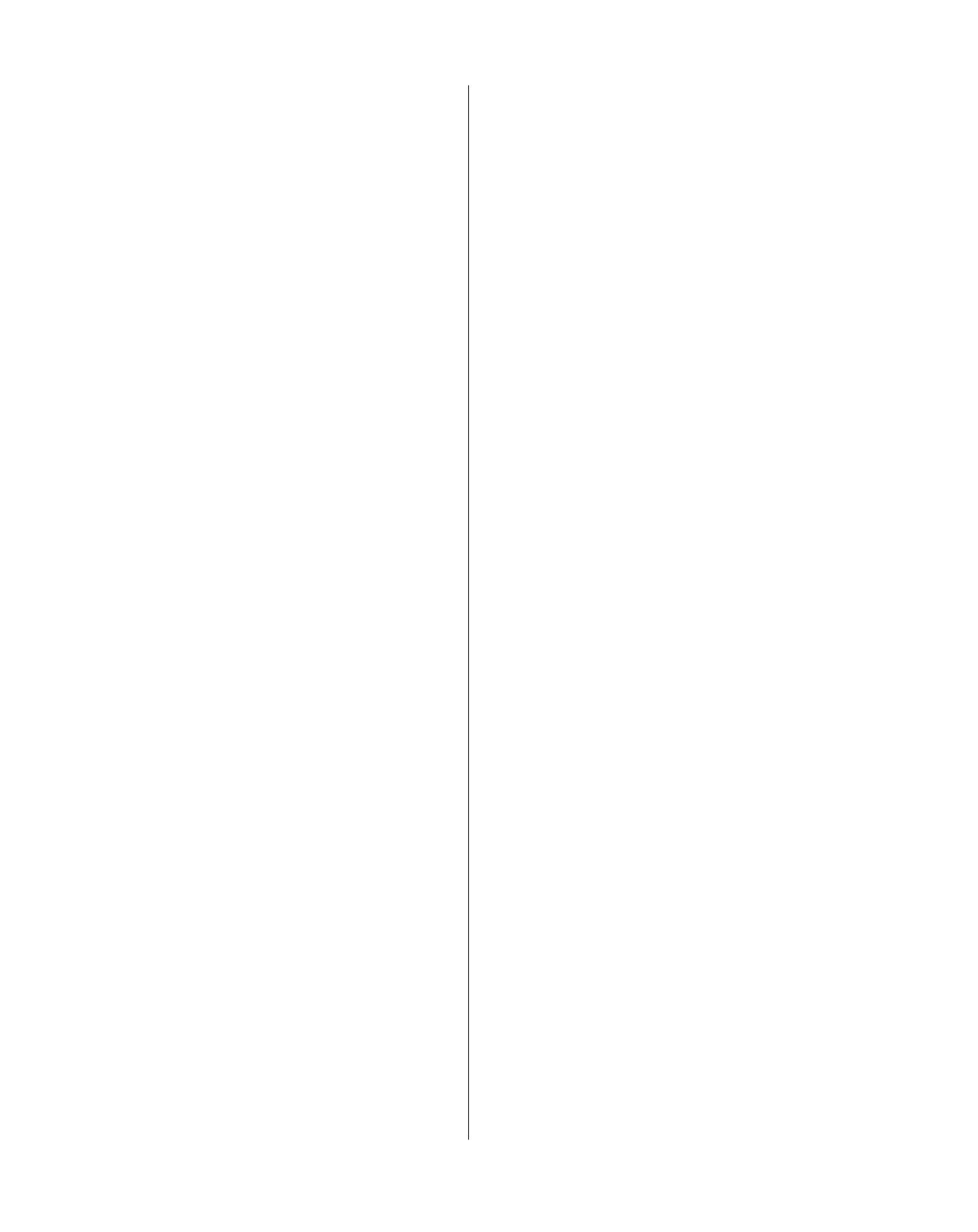
253
impedes or distorts its contemplation. Also, the Law of Historical
Heritage of Andalusia states that to avoid visual or perceptual pol-
lution of the Cultural Interest Sites, the control of elements such as
notices, signs and outdoor advertising will be established.
Given that this type of pollution is caused by anything that affects
or disrupts the viewing of any site or breaks the aesthetics of an area
or landscape, the following pollutant elements have been detected:
1. MetroCentro (tram system)
2. Crossings of aerial cables, overhead power lines and distribu-
tion networks in the facade of electrical and telecommunication
installations.
3. Connection, registration, or meters boxes of electrical supply and
telecommunication installations and luminous sources in the
facades.
4. Antennas on roofs or balconies visible from the street and with
impact on the urban landscape.
5. Downspouts in facades and outer water storage tanks.
6. Ventilation shafts.
7. Distribution networks and meters on facade of gas supply and
distribution.
8. Outdoor units and drains of air conditioning installations lo-
cated on facades or roofs.
9. Advertising and signage on facades, awnings covering scaffoldings,
and advertising awnings that break the composition of the facade
and the image of the street.
10. Signs of business premises which due their shape, size or
colour, clash with the public space where they are located. In
many cases these signs are placed perpendicular to the facade.
11. Street furniture such as kiosks, lampposts, phone booths,
mailboxes, bins or playgrounds, with an inappropriate design
or with a location that prevents the contemplation of the
catalogued property.
12. Pedestal tables which due to their location, number, or furni-
ture design distort the image of the catalogued property.
13. Inappropriate location of municipal waste bins.
14. Inappropriate location of parking lots for cars, motorcycles or
bicycles.
15. Traffic signs that are dispensable, repetitive or incorrectly posi-
tioned which visually pollute the capital asset.
16. Graffiti or similar destroying the aesthetics of the urban
landscape.
Analysis of the Sector Saturated Areas.
Within the Sector “Real Alcázar”, after a comprehensive study of the
same, three areas that we called “Saturated Areas” have been identi-
fied, since it is there where the visual pollution is more evident and
occurs most profusely.
These areas are:
• Calle San Fernando - Plaza Puerta de Jerez
• Sequence consisting of the following streets and squares: Plaza
de la Alianza -C / Rodrigo Caro- Plaza de Doña Elvira - C/Vida -
C/ Agua.
• Calle Nicolás Antonio
Although these enclaves are involved in the general problems of
the sector, the particular impact of some specific circumstances al-
low to identify them.
In Calle San Fernando and Plaza Puerta de Jerez, the clearly visually
pollutant is the Metrocenter, accompanied by advertising and vari-
ety of watchmen who indiscriminately are located near the facade
included in the definition of this sector.
In the streets and squares that form the sequential itinerary: Plaza
de la Alianza-Rodrigo Caro-Plaza de Doña Elvira-Vida-Aua, the ad-
vertising, in all its intensity and variety, is the undisputed focus
In Calle Nicolás Antonio, the car is the focus as it entirely occupies
the parking lots, in both allowed and forbidden areas.
Analysis of the Sector Buildings.
Within the Sector 6 “Real Alcázar”, the Special Protection Plan has
identified three monumental buildings which have been granted
with the highest levels of protection. On the one hand, the Real Al-
cázar of Seville, and the Islamic Wall, both catalogued with the de-
gree of protection “A”, Comprehensive Protection, and registered
in the General Catalogue of the Andalusian Historical Heritage,
and on the other hand, the Yanduri Palace, catalogued with the
degree of protection “B”. Global Protection, which, although not
registered in the CGPHA, has a great architectural interest.
Likewise, the aforementioned Special Protection Plan contem-
plates the cataloguing with the degrees of protection “C” and “D”
of various buildings included in its delimitation.
The present document makes a visual analysis of all catalogued
buildings with some degree of protection, by drafting an indi-
vidual file for each building with the existing visually pollutant
elements.
Actions.
Lines of action.
The measures to be taken for the visual decontamination are ad-
dressed to four lines of action:
a. Agreement with utility companies.
b. Citizen awareness.
c. Actions of various municipal areas.
d. Disciplinary action by the competent bodies.
Funding.
The actual costs of all the interventions proposed in this document
on Visual or Perceptual Decontamination Pal are difficult to quan-
tify given the nature of each of the interventions.
Funding should be made between public and private action. As for
the public, the City Council, as promoter of the proceedings, should
be the driving force behind these actions, but we can not forget that it
is necessary to count on the help of other administrations and bodies,
among which we must mention the competent Departments in dif-
ferent areas of the Junta de Andalucía, and the Central State itself; as
it is also necessary to count on the possible grants from the European
Economic Community.


